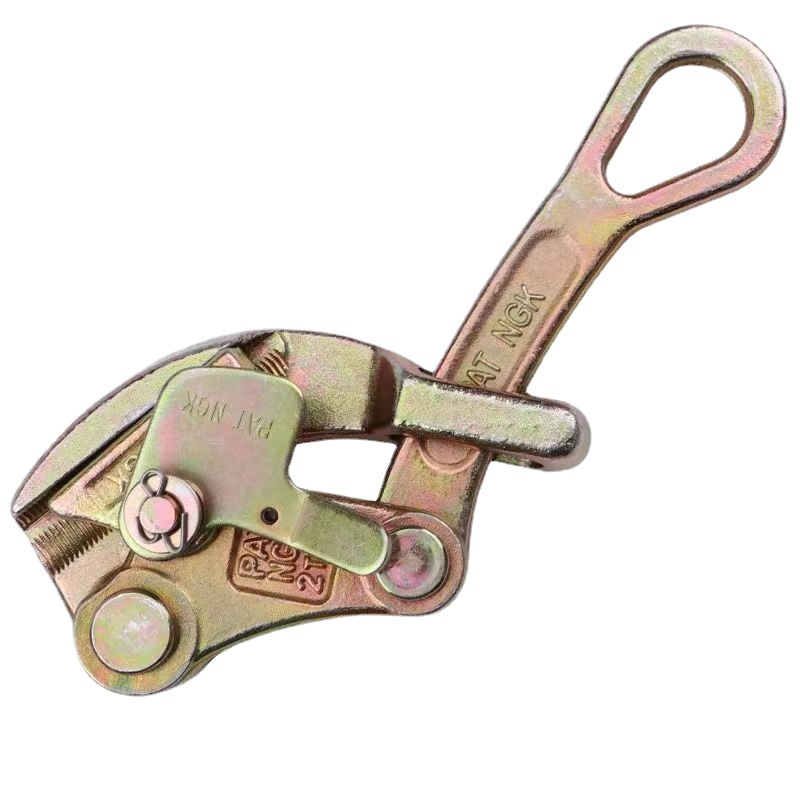
-
 Afrikaans
Afrikaans -
 Albanian
Albanian -
 Amharic
Amharic -
 Arabic
Arabic -
 Armenian
Armenian -
 Azerbaijani
Azerbaijani -
 Basque
Basque -
 Belarusian
Belarusian -
 Bengali
Bengali -
 Bosnian
Bosnian -
 Bulgarian
Bulgarian -
 Catalan
Catalan -
 Cebuano
Cebuano -
 Corsican
Corsican -
 Croatian
Croatian -
 Czech
Czech -
 Danish
Danish -
 Dutch
Dutch -
 English
English -
 Esperanto
Esperanto -
 Estonian
Estonian -
 Finnish
Finnish -
 French
French -
 Frisian
Frisian -
 Galician
Galician -
 Georgian
Georgian -
 German
German -
 Greek
Greek -
 Gujarati
Gujarati -
 Haitian Creole
Haitian Creole -
 hausa
hausa -
 hawaiian
hawaiian -
 Hebrew
Hebrew -
 Hindi
Hindi -
 Miao
Miao -
 Hungarian
Hungarian -
 Icelandic
Icelandic -
 igbo
igbo -
 Indonesian
Indonesian -
 irish
irish -
 Italian
Italian -
 Japanese
Japanese -
 Javanese
Javanese -
 Kannada
Kannada -
 kazakh
kazakh -
 Khmer
Khmer -
 Rwandese
Rwandese -
 Korean
Korean -
 Kurdish
Kurdish -
 Kyrgyz
Kyrgyz -
 Lao
Lao -
 Latin
Latin -
 Latvian
Latvian -
 Lithuanian
Lithuanian -
 Luxembourgish
Luxembourgish -
 Macedonian
Macedonian -
 Malgashi
Malgashi -
 Malay
Malay -
 Malayalam
Malayalam -
 Maltese
Maltese -
 Maori
Maori -
 Marathi
Marathi -
 Mongolian
Mongolian -
 Myanmar
Myanmar -
 Nepali
Nepali -
 Norwegian
Norwegian -
 Norwegian
Norwegian -
 Occitan
Occitan -
 Pashto
Pashto -
 Persian
Persian -
 Polish
Polish -
 Portuguese
Portuguese -
 Punjabi
Punjabi -
 Romanian
Romanian -
 Russian
Russian -
 Samoan
Samoan -
 Scottish Gaelic
Scottish Gaelic -
 Serbian
Serbian -
 Sesotho
Sesotho -
 Shona
Shona -
 Sindhi
Sindhi -
 Sinhala
Sinhala -
 Slovak
Slovak -
 Slovenian
Slovenian -
 Somali
Somali -
 Spanish
Spanish -
 Sundanese
Sundanese -
 Swahili
Swahili -
 Swedish
Swedish -
 Tagalog
Tagalog -
 Tajik
Tajik -
 Tamil
Tamil -
 Tatar
Tatar -
 Telugu
Telugu -
 Thai
Thai -
 Turkish
Turkish -
 Turkmen
Turkmen -
 Ukrainian
Ukrainian -
 Urdu
Urdu -
 Uighur
Uighur -
 Uzbek
Uzbek -
 Vietnamese
Vietnamese -
 Welsh
Welsh -
 Bantu
Bantu -
 Yiddish
Yiddish -
 Yoruba
Yoruba -
 Zulu
Zulu


Aug . 16, 2024 14:31 Back to list
25m 16mm Earth Cable for Reliable Grounding Solutions
Understanding 16mm Earth Cable The Backbone of Electrical Safety
When it comes to electrical installations, ensuring safety is paramount. One crucial component often overlooked is the earthing system, which is essential for protecting both lives and equipment. Among various earthing options available, the 16mm earth cable stands out for its robustness and reliability. In this article, we will delve into the characteristics, applications, and significance of a 25-meter 16mm earth cable.
What is a 16mm Earth Cable?
The term 16mm refers to the cross-sectional area of the conductor, measuring 16 square millimeters. Earth cables are typically made from copper or aluminum, with copper being the more common choice due to its superior conductivity. The primary function of an earth cable is to provide a safe path for electric current to ground in the event of a fault, thereby preventing electric shock and equipment damage.
Features of 16mm Earth Cable
1. Conductivity Copper is an excellent conductor, which ensures minimal resistance and maximum safety. The larger the cross-section, the lower the resistance, making a 16mm cable suitable for various electrical applications.
2. Durability 16mm earth cables are designed to withstand harsh environmental conditions. They are often insulated to prevent corrosion and damage from UV rays, chemicals, and moisture, making them ideal for both indoor and outdoor use.
3. Flexibility Despite its size, 16mm cables are relatively flexible, allowing for easier installation. Whether running along walls or buried underground, this flexibility helps installers navigate around obstacles with ease.
Applications of 16mm Earth Cable
A 25-meter 16mm earth cable is versatile and can be used in various applications
16mm earth cable 25m

1. Residential Installations In homes, proper earthing is crucial to protect against electrical surges or short circuits. The 16mm earth cable ensures that any stray electrical current is safely diverted to the ground.
2. Commercial Buildings In larger installations, such as offices or factories, multiple electrical systems require a robust earthing solution. The 16mm cable is often employed to connect the main electrical panel to ground rods, ensuring comprehensive protection.
3. Industrial Settings Factories and workshops with heavy machinery rely on effective earthing systems. A 25-meter length of 16mm cable can connect machinery to ground systems, preventing electrical hazards that could endanger workers.
4. Solar Installations With the rise of renewable energy sources, many solar panel systems require appropriate grounding. A 16mm earth cable is ideal for wiring the ground system, ensuring that any excess current is safely managed.
Importance of Proper Installation
While the 16mm earth cable offers excellent properties, its effectiveness hinges on proper installation. It’s essential to adhere to local electrical codes and standards when installing earthing systems. The cable should be connected securely to appropriate grounding electrodes, such as ground rods or plates.
Additionally, regular inspections and maintenance are vital to ensure that the earth cable remains in good condition. Corrosion, physical damage, or loose connections can compromise its effectiveness over time.
Conclusion
In summary, a 25-meter 16mm earth cable serves as a cornerstone of electrical safety. Its robust conductivity, durability, and versatility make it a go-to choice for various applications, from homes to industrial settings. Understanding its importance and ensuring proper installation can create a safer environment for both people and equipment. Investing in reliable earthing solutions is not just a regulatory requirement; it's a critical step towards safeguarding lives and property.
Latest news
What Are Construction Tools and How Are They Used?
NewsJul.11,2025
Professional-Grade Duct Rodding Tools for Superior Cable Installation
NewsJul.11,2025
Enhancing Safety and Efficiency with Modern Hot Stick Solutions
NewsJul.11,2025
Empowering Cable Installation with Advanced Rodder Solutions
NewsJul.11,2025
Elevate Your Cable Installation Projects with Cable Pulling Tools
NewsJul.11,2025
Efficient Cable Handling Solutions: Cable Rollers for Sale
NewsJul.11,2025











